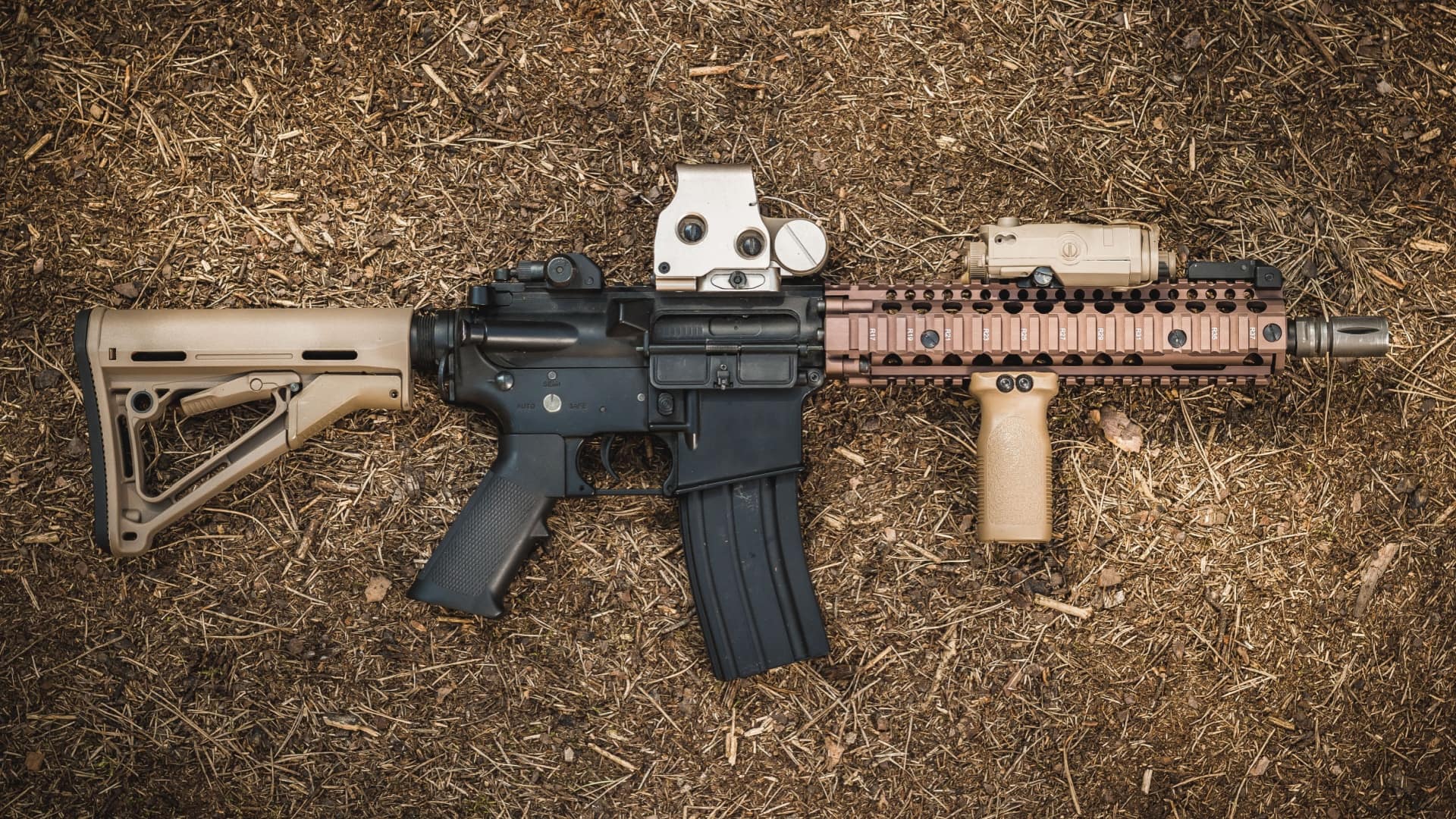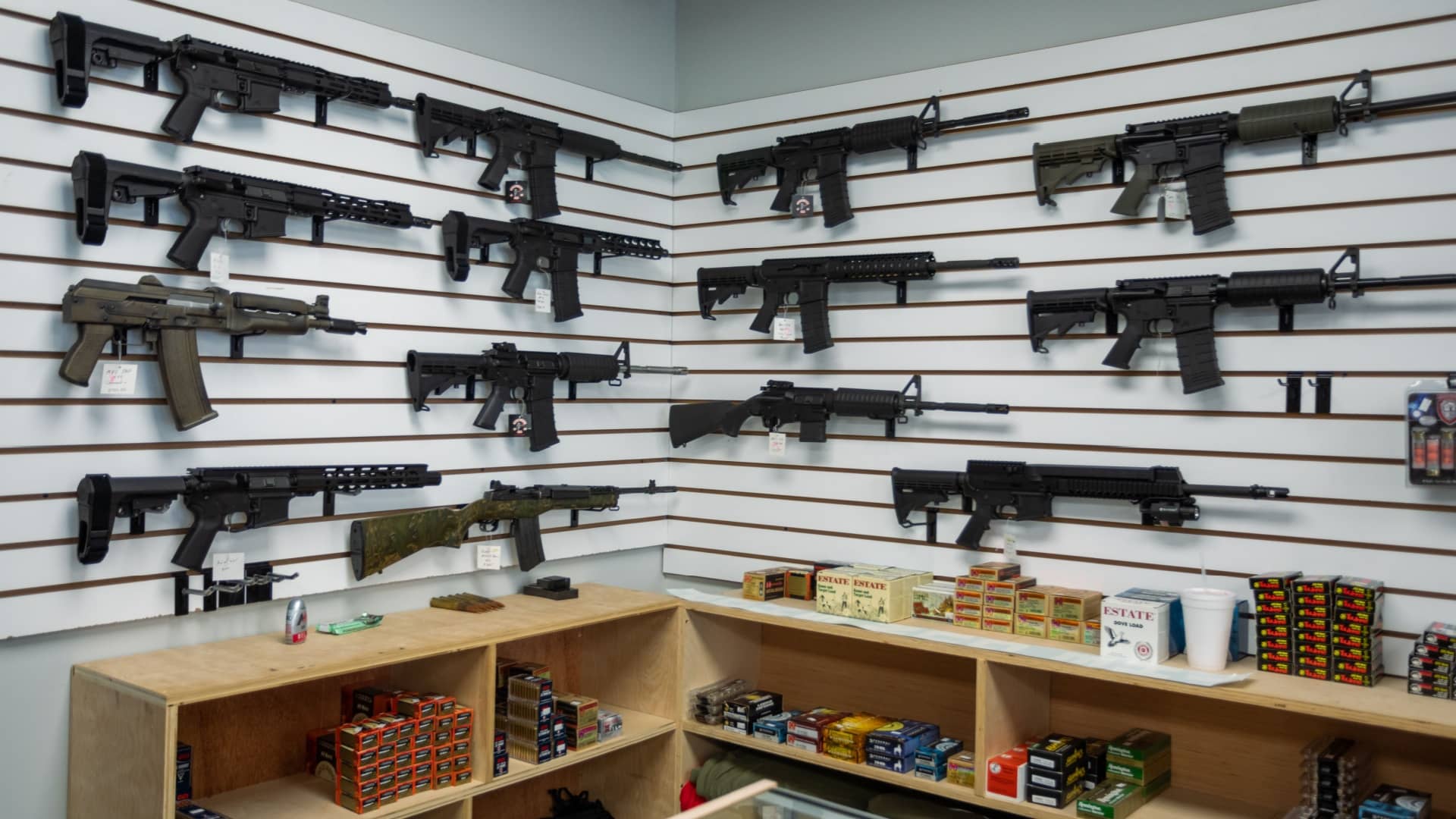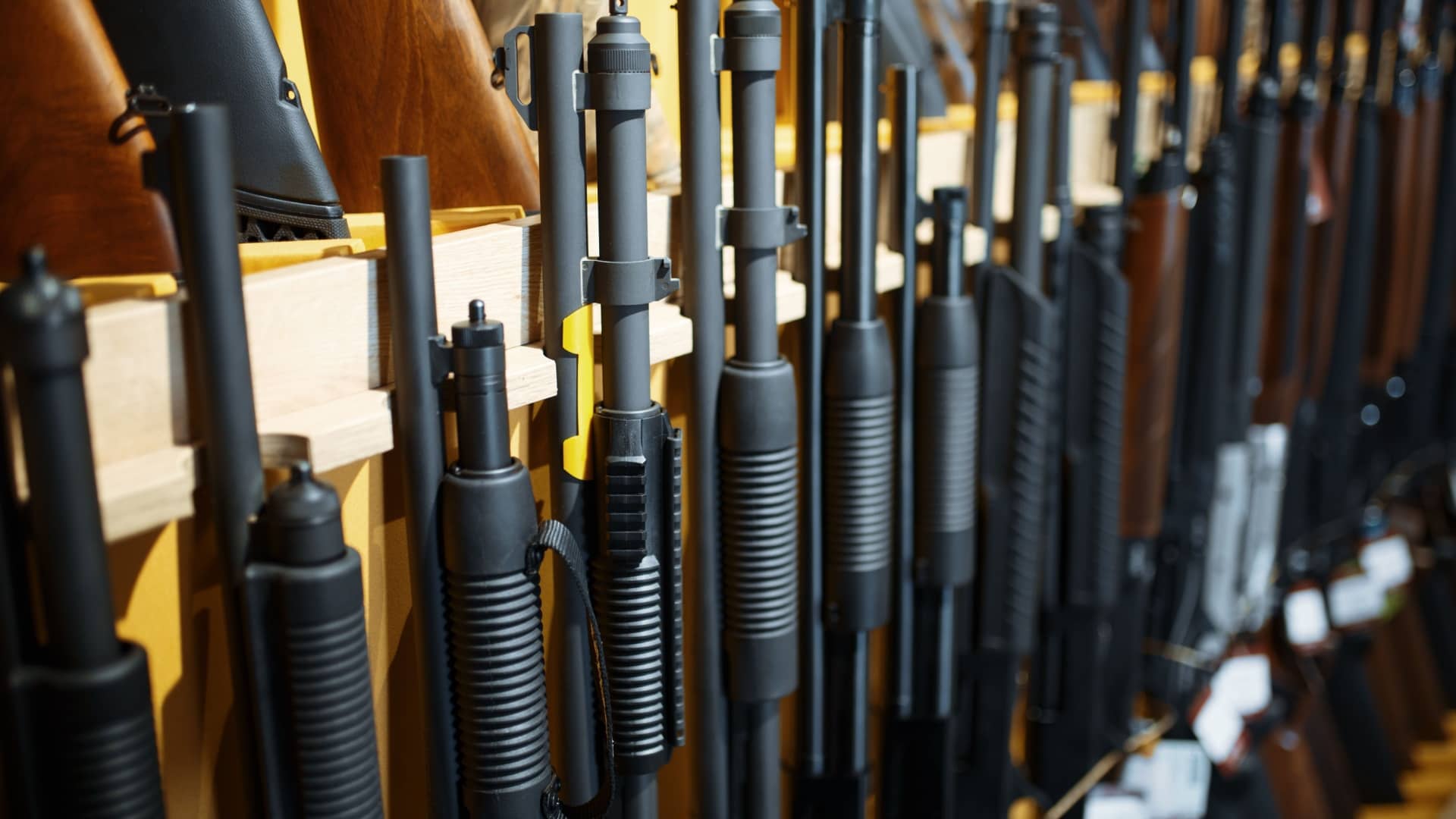Step-by-Step Guide to Obtaining Your Federal Firearms License (FFL)
If you’re considering opening a gun store or engaging in the firearms business, obtaining a Federal Firearms License (FFL) is a crucial step. This license allows you to legally buy, sell, and transfer firearms as a business. In this guide, we’ll walk you through the Federal Firearms License process, covering the essential FFL requirements and steps on how to get an FFL.
Why You Need an FFL
An FFL is mandatory for anyone looking to engage in the business of manufacturing, importing, or selling firearms and ammunition. It ensures that you comply with federal laws and regulations, helping you operate your business legally and responsibly.
Step 1: Determine the Type of FFL You Need
There are several types of FFLs, each catering to different activities:
- Type 01: For dealers in firearms.
- Type 02: For pawnbrokers dealing in firearms.
- Type 07: For manufacturers of firearms.
- Action: Assess your business model to choose the appropriate FFL type that aligns with your operations.
Step 2: Meet the Basic FFL Requirements
Before applying, ensure you meet the following criteria:
- Age: You must be at least 21 years old.
- Legal Eligibility: No prohibitions under federal law from handling firearms.
- Business Premises: You must have a physical location for your business (cannot be a P.O. box).
- Zoning Compliance: Your business location must comply with local zoning laws.
- Tip: Check with your local government to ensure your intended location meets all zoning regulations.
Step 3: Complete ATF Form 7
The Bureau of Alcohol, Tobacco, Firearms and Explosives (ATF) requires you to fill out ATF Form 7 (Application for Federal Firearms License).
- Accuracy: Provide complete and accurate information to avoid delays.
- Disclosure: Be honest about your background; false statements can lead to application denial.
- Resource: You can download ATF Form 7 from the ATF website.
Step 4: Submit Your Application and Pay the Fee
- Application Fee: Fees vary depending on the FFL type, ranging from $30 to $200 for the initial application.
- Payment Method: Fees can typically be paid via check, money order, or credit card.
- Action: Mail your completed application and fee to the address specified on the form.
Step 5: Undergo a Background Check
The ATF will conduct a thorough background check, which includes:
- Criminal History: Ensuring no disqualifying criminal convictions.
- Business Integrity: Assessing your suitability to operate a firearms business.
- Tip: Background checks can take several weeks. Patience is key during this stage.
Step 6: Prepare for the ATF Interview
An ATF Industry Operations Investigator (IOI) will contact you to schedule an in-person interview.
- Purpose: To verify your application details and ensure compliance with federal laws.
- Discussion Topics: Record-keeping requirements, security measures, and legal responsibilities.
- Action: Use this opportunity to ask any questions and clarify doubts about the regulations.
Step 7: Receive Your Federal Firearms License
If approved, you’ll receive your FFL in the mail.
- Display: You must display the license at your place of business.
- Validity: FFLs are typically valid for three years and require renewal.
- Reminder: Maintain compliance with all regulations to avoid penalties or license revocation.
Obtaining an FFL is a detailed process, but with the right guidance, you can navigate it successfully. Remember to stay informed about all FFL requirements and maintain open communication with the ATF.
Ready to Take the Next Step?
Subscribe to our mailing list for more in-depth insights and expert advice on running a successful firearms business. Stay updated with the latest regulations and industry best practices.







